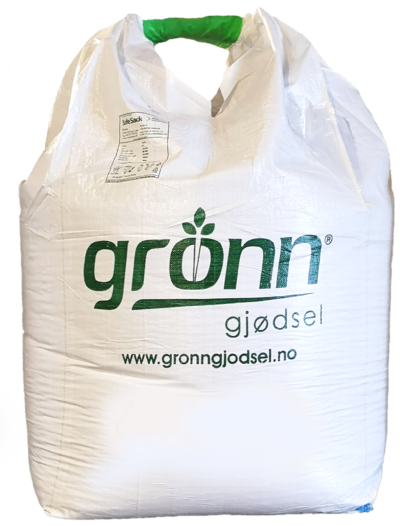Agrotain
Urease inhibitor to be used with urea fertilizer

Agrotain is a urease inhibitor that reduces ammonia volatility after fertilization. Urea inhibitors reduce the rate of conversion from urea in manure to ammonium (enzymatic hydrolysis), which can then quickly convert to gaseous ammonia and be lost in the air or convert to nitrate (NO3-) and be exposed to leaching losses. By staying longer in urea form, fertilizer can more slowly become available to plants, increasing the chance of being there when the crop needs it.
Urea is an escape artist. If it is applied to the soil surface, it must be incorporated by tillage, rain or irrigation shortly after application. Otherwise, losses during evaporation can be significant. When urea is broken down, ammonia is released. This process is facilitated by an enzyme called urease. If urea is incorporated, ammonia is converted to ammonium and will be retained in the soil. However, if urea remains on the surface, much of the ammonia will be lost to the atmosphere.
Typically, 10% to 20% of urea nitrogen can be lost within five days with the greatest loss in the first few days after application. The rate of loss increases with moisture on the soil surface, temperature, soil pH and wind. Agrotain stops the activity of the urease enzyme for up to 14 days. If urea is incorporated by tillage, rain or irrigation during this period, the losses should be minimal.
Typically, 10% to 20% of urea nitrogen can be lost within five days with the greatest loss in the first few days after application. The rate of loss increases with moisture on the soil surface, temperature, soil pH and wind. Agrotain stops the activity of the urease enzyme for up to 14 days. If urea is incorporated by tillage, rain or irrigation during this period, the losses should be minimal.


Analysis
N-(n-butyl)-tiofosfortriamide
Harmless components
Harmless dye
40-70 %
30-60 %
< 3 %

Content
N- (n-butyl) thiophosphoric acid triamide (NBPT) is an organophosphorus compound of the formula SP (NH2) 2 (NHC4H9).

Recommendation
Refer to soil and any leaf analysis, as well as consult your advisor, the plant's nutritional needs and crop level.
As a general rule, approximately 0.5% by weight of Agrotain is mixed with urea.
